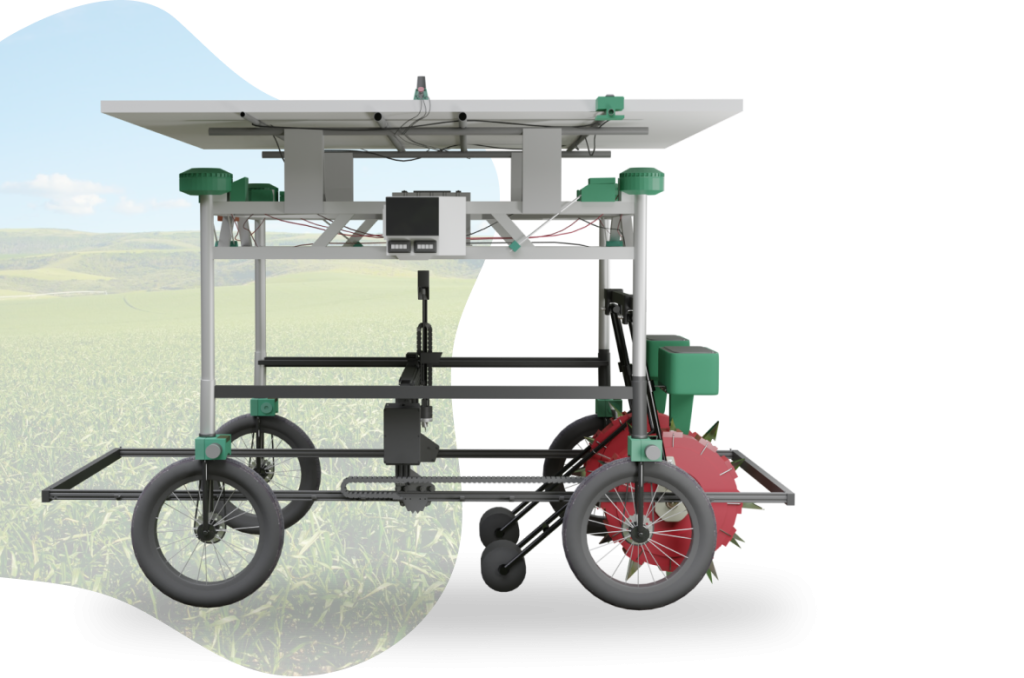
Fed up in search of labors for agriculture field, and paying high daily wages for low yielding
Seeding Progress, Nurturing Crops: Robots at Work
Yielding the crop through Autonomous agriculture Farming Robot will help to increase crop growth. As the robot is pre-defined with the functionality it does need any manpower to handle the farm land. Every phase of farming is programmed so the robot does the progress efficiently and digitally collects every data.
Autonomous agricultural Farming Robots to increase efficiency, reduce labor costs, and optimize agriculture processes. Here some facts and tasks are done by autonomous farming robots:

Planting
These robots can accurately plant seeds in predefined patterns, optimizing the spacing between plants and rows to ensure efficient growth.

Weeding
Autonomous robots equipped with cameras and machine learning algorithms can identify and remove weeds from fields, reducing the need for manual labor and the use of herbicides.

Crop Monitoring
Robots equipped with various sensors and cameras can monitor crops in real time, collecting data on factors such as soil moisture, nutrient levels, and plant health. This data can help farmers make informed decisions about irrigation, fertilization, and pest control.

Harvesting
Harvesting robots can identify when crops are ripped and use robotic arms or specialized tools to pick fruits, vegetables, or other crops. This reduces the need for manual labor during the harvest season.

Spraying and Fertilizing
Autonomous robots equipped with sprayers and tanks can navigate fields and apply pesticides, herbicides, and fertilizers with precision, reducing chemical usage and ensuring even distribution.

Data Analysis
The robots can collect vast amounts of data from the fields, which can then be analyzed to provide insights into crop health, growth patterns, and potential issues.
Integrated Technologies on Autonomous Farming Robots

Navigation and Localization
✔ GPS and sensor-based navigation for precise movement in the field.
✔ Ability to create and follow predefined paths for tasks like planting and spraying.
✔ Real-time location tracking to avoid obstacles and ensure accurate operation.

Computer Vision
✔ Cameras and imaging systems for identifying crops, weeds, pests, and other objects. Object recognition to distinguish between different plant types and conditions.
✔ Vision-based monitoring of crop health, growth patterns, and ripeness.

Manipulation and Actuation
✔ Robotic arms, grippers, and specialized tools for tasks like planting, weeding, and harvesting.
✔ Precise control over movements and actions for delicate operations.

Sensors and Data Collection
✔ Soil sensors to measure moisture, temperature, and nutrient levels.
✔ Environmental sensors to monitor weather conditions, humidity, and light intensity.
✔ Data collection and integration for generating real-time insights.
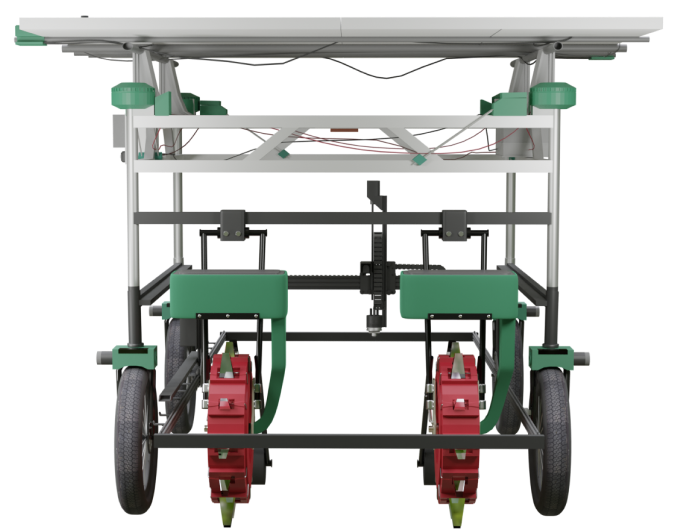

Artificial Intelligence and Machine Learning
✔ AI algorithms for decision-making and task planning.
✔ Learning capabilities to adapt to different field conditions and optimize performance over time.

Autonomous Operation
✔ Ability to perform tasks without constant human intervention.
✔ Automating sequential tasks and adjusting to changing conditions.

Remote Monitoring and Control
✔ Connectivity for remote control and monitoring via mobile devices or computers.
✔ Real-time updates on robot status, task progress, and data collection.

Mapping and Documentation
✔ Mapping capabilities to create field maps and track completed tasks.
✔ Generating documentation and reports based on data collected during operations.
Benefits of Autonomous Agriculture Farming Robots
Autonomous farming robots offer several benefits that can significantly help farmers improve their operations and overall productivity. Here are some ways in which these robots can assist farmers Overall, autonomous farming robots have the potential to revolutionize the agriculture industry by streamlining operations, increasing efficiency, and promoting more sustainable and data-driven farming practices.
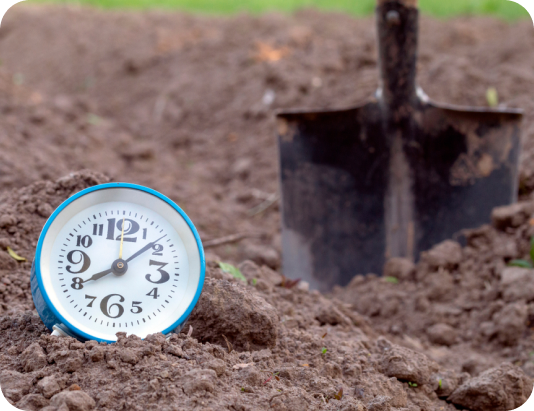
Time Savings
By working autonomously, robots can operate around the clock, maximizing the use of daylight hours and minimizing downtime. This is particularly crucial during time-sensitive activities like planting and harvesting.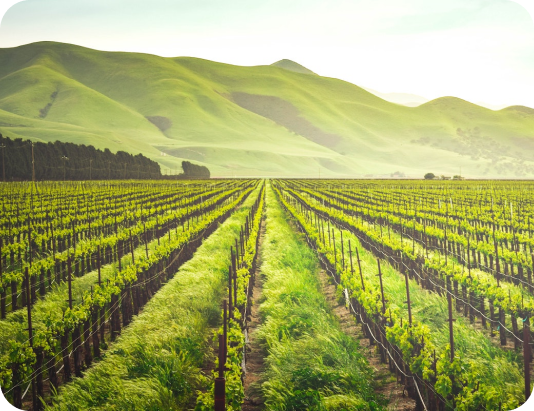
Higher Productivity
Robots can work at a consistent pace without experiencing fatigue, resulting in increased efficiency and higher overall productivity. This can lead to greater yields and improved profitability.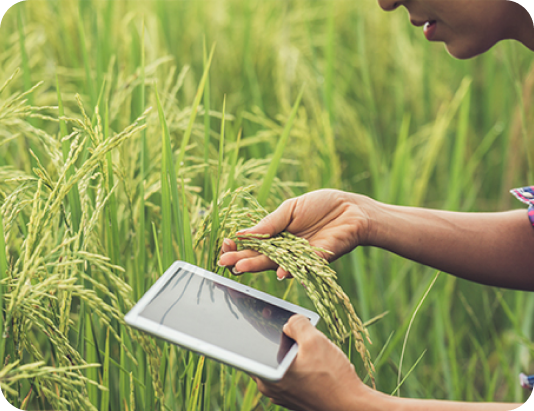
Precision Agriculture
Autonomous robots equipped with sensors and cameras can gather real-time data about soil conditions, plant health, and other factors. This data can be used to make informed decisions about irrigation, fertilization, and pest control, resulting in optimized resource usage and healthier crops.Facts of Autonomous Farming Robots
Furthermore, autonomous agriculture robots foster sustainable agricultural practices by enabling precise application of water, fertilizers, and pesticides, minimizing waste and environmental impact. They contribute to the concept of precision agriculture by providing real-time data insights, thereby enhancing decision-making processes and empowering farmers to respond proactively to evolving field conditions.

Rapid Growth

Multi-Tasking
FAQs
Click edit button to change this text. Lorem ipsum dolor sit amet, consectetur adipiscing elit. Ut elit tellus, luctus nec ullamcorper mattis, pulvinar dapibus leo.
Click edit button to change this text. Lorem ipsum dolor sit amet, consectetur adipiscing elit. Ut elit tellus, luctus nec ullamcorper mattis, pulvinar dapibus leo.
Click edit button to change this text. Lorem ipsum dolor sit amet, consectetur adipiscing elit. Ut elit tellus, luctus nec ullamcorper mattis, pulvinar dapibus leo.
Click edit button to change this text. Lorem ipsum dolor sit amet, consectetur adipiscing elit. Ut elit tellus, luctus nec ullamcorper mattis, pulvinar dapibus leo.
Click edit button to change this text. Lorem ipsum dolor sit amet, consectetur adipiscing elit. Ut elit tellus, luctus nec ullamcorper mattis, pulvinar dapibus leo.


